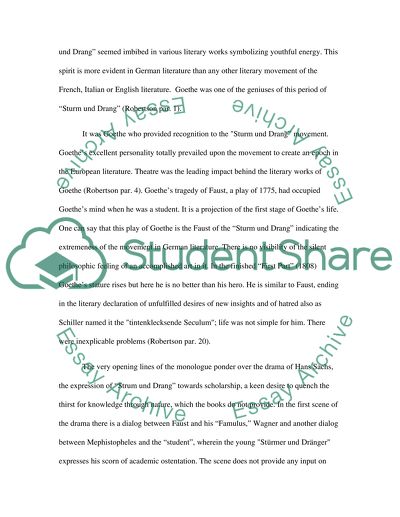Cite this document
(“Sturm und Drang Movement Essay Example | Topics and Well Written Essays - 1500 words”, n.d.)
Retrieved from https://studentshare.org/literature/1433002-sturm-und-drang-movement-in-the-context-of-goethe
Retrieved from https://studentshare.org/literature/1433002-sturm-und-drang-movement-in-the-context-of-goethe
(Sturm Und Drang Movement Essay Example | Topics and Well Written Essays - 1500 Words)
https://studentshare.org/literature/1433002-sturm-und-drang-movement-in-the-context-of-goethe.
https://studentshare.org/literature/1433002-sturm-und-drang-movement-in-the-context-of-goethe.
“Sturm Und Drang Movement Essay Example | Topics and Well Written Essays - 1500 Words”, n.d. https://studentshare.org/literature/1433002-sturm-und-drang-movement-in-the-context-of-goethe.


